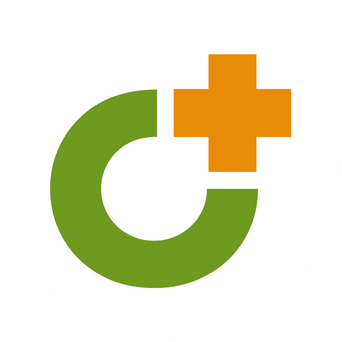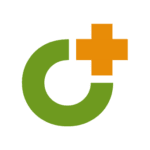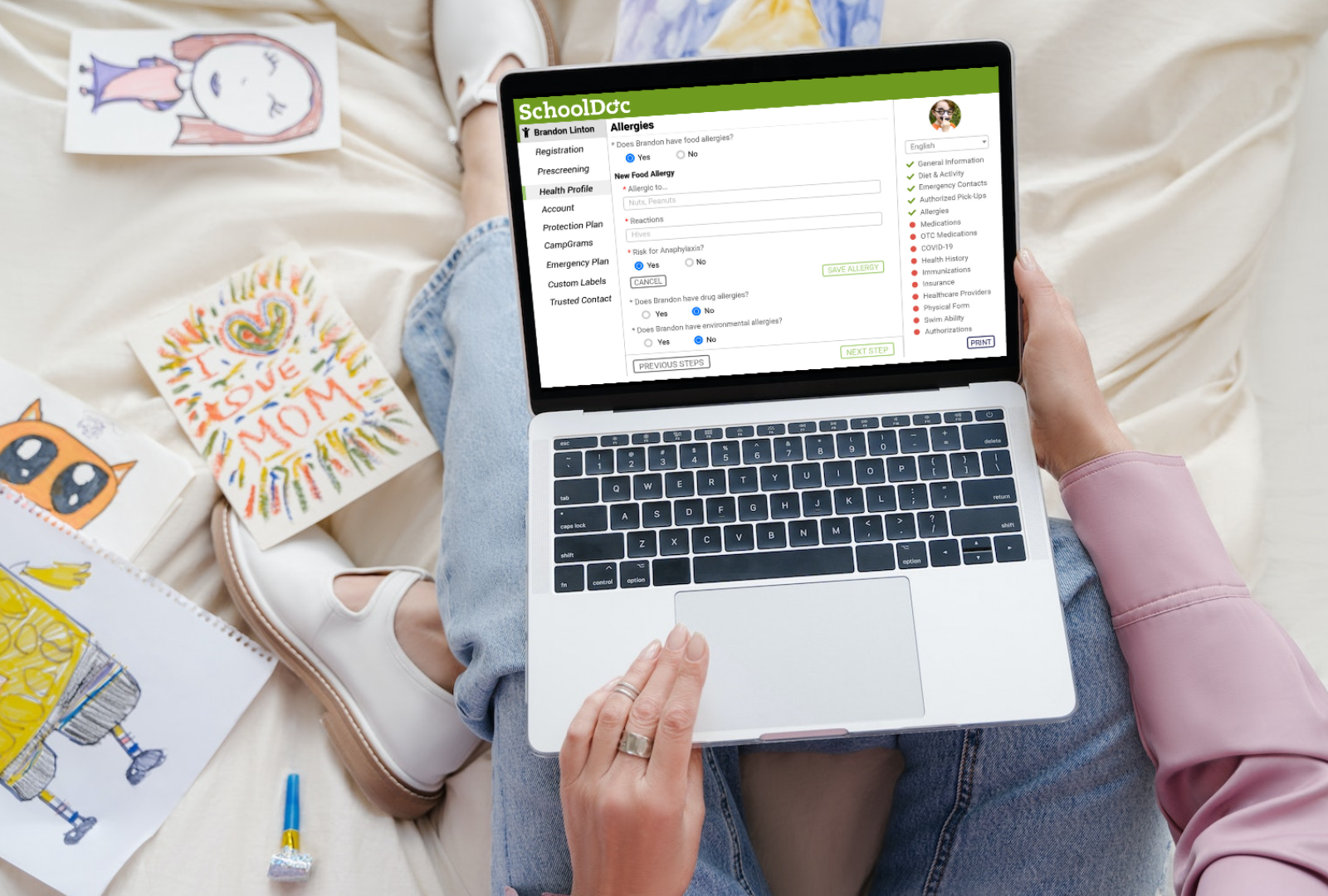Streamlining Student Health: The Importance of Immunization Record Management
Streamlining Student Health: The Importance of Immunization Record Management
4 min read | Published April 24, 2024
Streamlining Student Health: The Importance of Immunization Record Management
4 min read | Published April 24, 2024

By DocNetwork

By DocNetwork

By DocNetwork
In the realm of student health management, few tasks are as critical yet cumbersome as tracking and managing immunization records. Ensuring that each student is up-to-date with their vaccinations is not just a regulatory requirement but a key component of safeguarding public health within school communities.
The traditional approach to managing immunization records often involves manual data entry, paper forms, and fragmented systems. This method is not only time-consuming but also prone to errors and compliance issues. However, advancements in technology, particularly Electronic Health Record (EHR) systems like SchoolDoc, have revolutionized the way schools manage immunization records.
Key Benefits of Using an EHR System for Immunization Record Management
- Seamless Integration with State Immunization Registries
EHRs like SchoolDoc can integrate with state immunization registries, allowing schools to pull immunization data directly. This ensures that records are always up-to-date and accurate, saving time and reducing errors.
- Secure and Centralized Record Storage
EHR systems provide a secure platform for storing immunization records, ensuring they are easily accessible when needed and protected from loss or damage. This is crucial in maintaining data privacy and security. - Enhanced Compliance and Reporting
By streamlining the immunization record management process, EHR systems help schools ensure compliance with state regulations and easily generate reports for auditing purposes.

Managing student immunization records is a critical yet challenging task for schools. By leveraging technology such as EHR systems like SchoolDoc, schools can streamline their immunization record management process, ensure compliance with state regulations, and most importantly, protect the health and well-being of their students.
Through SchoolDoc’s strategic partnership with TrackMy Solutions, schools can pull immunization data directly from the state registry, ensuring that records are always up-to-date and accurate. This not only saves time for school nurses but also reduces the risk of errors.
Interested in learning more about how schools are adopting the SchoolDoc Electronic Health Record? Connect with the SchoolDoc team today!
Let us show you why over
1,250 programs nationwide
choose SchoolDoc.
Schedule a Demo Today!









